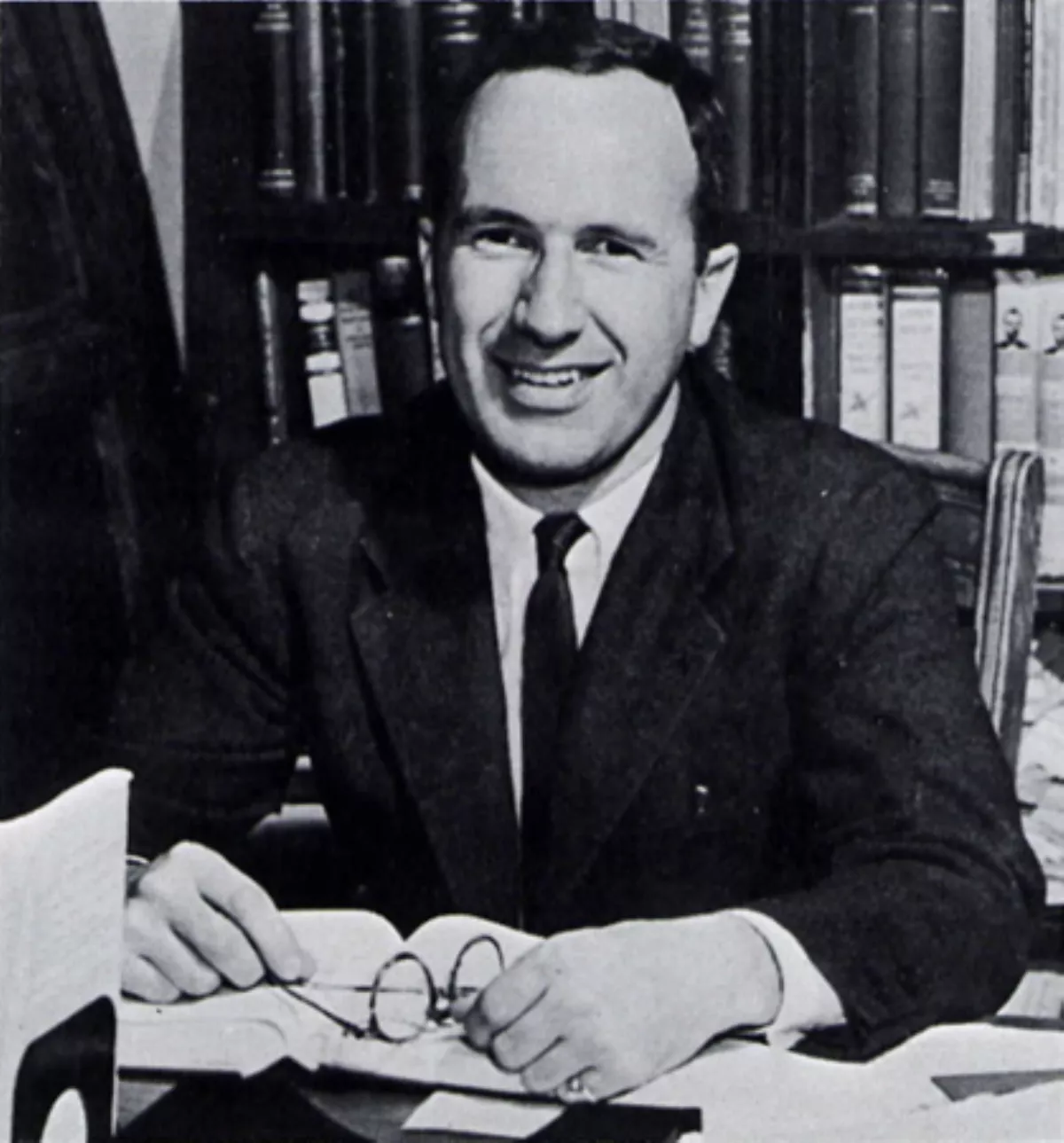 1.
1. Clinton Lawrence Rossiter III was an American historian and political scientist at Cornell University who wrote The American Presidency, among 20 other books, and won both the Bancroft Prize and the Woodrow Wilson Foundation Award for his book Seedtime of the Republic.